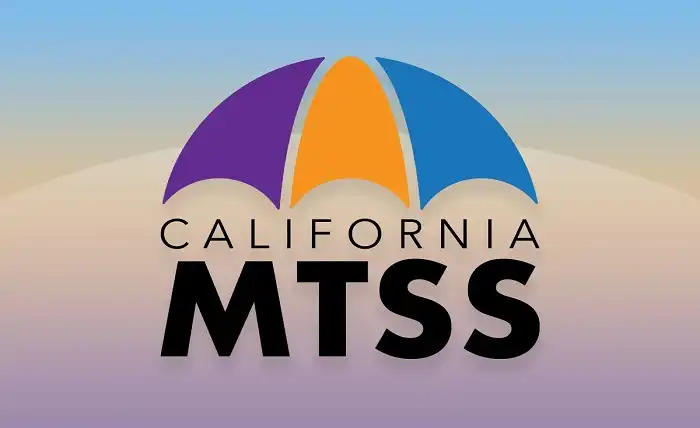How MTSS Can Help All Students Succeed in School

Do you want to know how schools can support all students to achieve their academic and social-emotional goals? If so, you may be interested in learning about MTSS, a framework that many schools use to provide targeted and personalized support to students with various needs. We will explain what MTSS is, how it works, and what benefits it can bring to students, teachers, and parents.
What is MTSS?
MTSS stands for a multi-tiered system of supports. It is a proactive and preventive framework that integrates data and instruction to maximize student achievement and support students’ social, emotional, and behavioral needs from a strengths-based perspective. MTSS is not a specific program or curriculum, but rather a way of organizing and delivering instruction and interventions based on students’ needs and responses.
MTSS has four essential components:
- Screening: All students are assessed regularly to identify their strengths and areas of improvement in academics and behavior.
- Multi-level prevention system: Students receive different levels of support based on their needs. The levels of support are usually divided into three tiers: Tier 1 (universal or core instruction for all students), Tier 2 (targeted or supplemental instruction for some students who need more support), and Tier 3 (intensive or individualized instruction for few students who need the most support).
- Progress monitoring: Students’ progress is monitored frequently to evaluate the effectiveness of the instruction and interventions and to make adjustments as needed.
- Data-based decision making: Data from screening and progress monitoring are used to inform decisions about instruction, interventions, resources, and professional development.
How does MTSS work?
MTSS works by providing a continuum of support for all students across three tiers. The tiers are not labels for students, but rather descriptions of the type and intensity of the support they receive. Here is how each tier works:
- Tier 1: This is the foundation of MTSS. It involves high-quality core instruction that is aligned with the state standards and delivered by qualified teachers. Tier 1 instruction is designed to meet the needs of most students (about 80%) in the classroom. It includes universal screening, differentiation, positive behavior supports, and evidence-based practices.
- Tier 2: This is the second level of MTSS. It involves additional or supplemental instruction that is targeted to the specific needs of some students (about 15%) who are not making adequate progress in Tier 1. Tier 2 instruction is usually delivered in small groups by teachers or specialists. It includes progress monitoring, data analysis, and research-based interventions.
- Tier 3: This is the third and most intensive level of MTSS. It involves individualized or customized instruction that is tailored to the unique needs of few students (about 5%) who are not responding to Tier 2 interventions. Tier 3 instruction is typically delivered one-on-one by specialists or experts. It includes frequent progress monitoring, data analysis, and comprehensive evaluations.
Students can move between tiers based on their performance and response to instruction and interventions. The goal of MTSS is to intervene early and prevent students from falling behind or developing more severe problems.
Read more about OSPI: What You Need to Know About Washington’s State Education Agency
What are the benefits of MTSS?
MTSS can benefit students, teachers, and parents in many ways. Some of the benefits are:
- For students: MTSS can help students improve their academic and social-emotional skills, increase their engagement and motivation, enhance their self-confidence and self-esteem, reduce their risk of dropping out or failing, and prepare them for college, career, and life.
- For teachers: MTSS can help teachers improve their instructional practices, use data more effectively, collaborate with other professionals, access more resources and supports, meet the diverse needs of their students, and increase their job satisfaction and retention.
- For parents: MTSS can help parents understand their children’s strengths and challenges, participate in their children’s education, communicate with teachers and school staff, access more information and resources, and advocate for their children’s needs.
How can I learn more about MTSS?
If you are interested in learning more about MTSS or implementing it in your school or district, here are some resources you can check out:
- Center on Multi-Tiered System of Supports: This website provides information, tools, webinars, podcasts, videos, and more on MTSS.
- PBIS Rewards: This website offers a digital PBIS management system that can help schools implement positive behavior supports within MTSS.
- Panorama Education: This website offers a platform that can help schools collect and analyze data on student outcomes within MTSS.
- Understood: This website provides articles, videos, tips, guides, and more on MTSS for parents and educators.
We hope this blog post has given you a better understanding of what MTSS is and how it can help all students succeed in school. If you have any questions or comments about this post or about MTSS in general, please feel free to leave them below. Thank you for reading and for your interest in MTSS!



